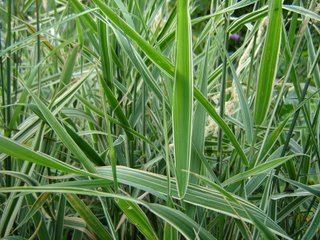
(Couldn't resist trying to prolong the pppppp's.)
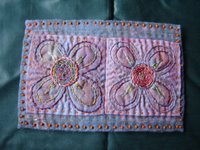

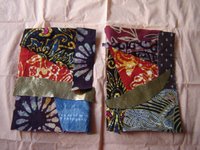
It is so easy to sit and stitch them while watching telly, or any time when sitting around being sociable. For that reason most of them are hand-stitched.
Last pic is not stitched yet. last but one the edge is not yet finished
METHOD:
4 1/2" x 6 1/2" piece of felt or those kitchen wipes you can buy in packs of three, felt-like stuff but a bit thinner.
4" x 6" piece iron-on stiff interfacing (pelmet/craft vilene?)
Lay bits and pieces of fabric onto the 'felt' - may need a background piece covering the whole side, or scraps, crazy patchwork-style, Stitch down with stitch and flip method, or along the raw edges, as desired. Embroider the seams, add small beads, do further embroidery. Appliqué on motifs, or smaller pieces of embroidery (slips). Don't go too close to the edge because next you . . . . trim all round to size of interfacing and iron this on to back of worked piece.
Then finish the edges - bind, zig-zag stitch, whatever, . . . I've done hand buttonhole stitch round some in perlé thread.
If you don't like the interfacing left as the back a piece of plain fabric could be added with fusible web before the edges are done.
Other things can be added of course as embellishment. In fact it is hard to give instructions about what to make the cards with as the more you look at what other people have done the more posibilities you see. Do a search for fabric postcards and all sorts of styles and methods emerge. It is such a flexible thing. Now I've started it (bit late in the day, I know!) it amazes me.

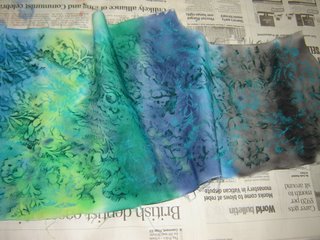
 . . . from the Silk Museum, not sure its improved them! I just like brighter colours. Blame it on the nasturtiums.
. . . from the Silk Museum, not sure its improved them! I just like brighter colours. Blame it on the nasturtiums.













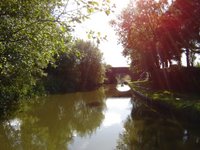








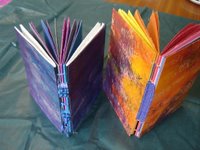
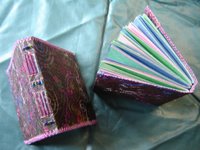
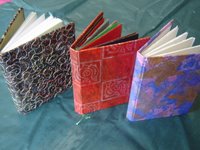



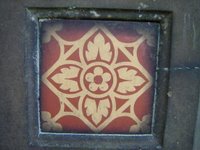



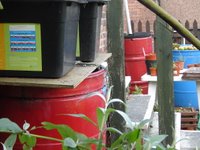



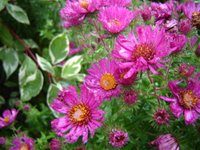


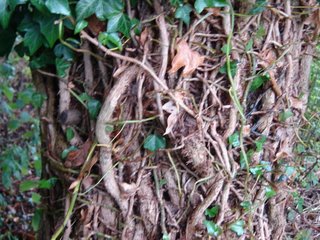

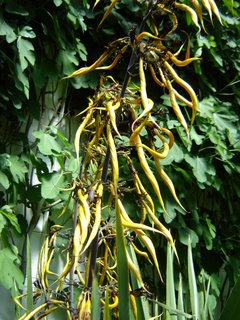
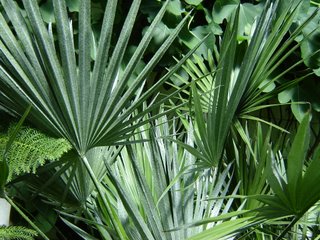
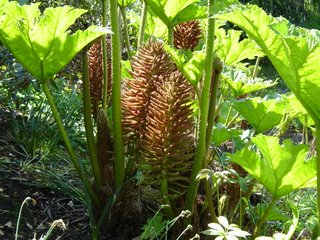 And this is by the lake (not the one Darcy dives into but the one at the back of the house).
And this is by the lake (not the one Darcy dives into but the one at the back of the house).